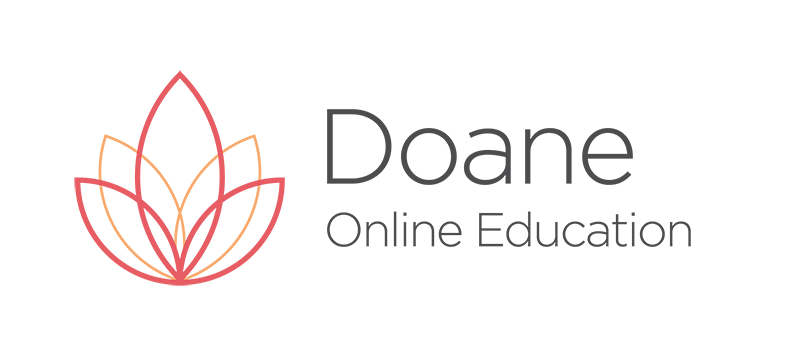Thoughts are not the process of a conscious thinking entity. They are produced unconsciously ½ second by the cortex of the brain before a thought is recognized by the conscious mind. The early works of Hans Kornhuber, Luder Deecke, and…...
Major problems are the predominant patterns that the patient has. Minor problems are secondary to the larger pattern. How do you tell the difference? By the pulse depth. For example, a low and pounding pulse: Major: Damp Minor: Heat Why? If…...
The logic of the 3 stages won’t fail you! Use the 3 stages to diagnose the pulse You must always go through these 3 simple questions in order to determine what is happening with the pulse Step 1: Is the…...
Most Chinese medicine practitioners show a tremendous lack of confidence in what they are doing, especially when confronted or together with Western medicine practitioners. Reason #1: The first reason for the lack of confidence is the energy model. There is no…...
Not applicable…. Membership Required You must be a member to access this content.View Membership LevelsAlready a member? Log in here...
Over roughly 15 years there were about 5 cases of people dying in the US from the improper use of Chinese herbs (Ma Huang for weight loss, etc.). In the same time 1.5-2 Mio. people were killed by the proper…...
What is DNA™ – Distal Needling Acupuncture™? DNA™ (Distal Needling Acupuncture™) is rooted in the anatomical Jing Jin (Tendinomuscular) tissue organization and relationships of the Huang Di Nei Jing. The DNA™ system determines specific pain sources based on the Jing…...
Dr. Tan created the Balance Method after talks with Dr. Chao Chen The Balance Method incorporates concepts from the Yi Jing & Ba Gua using meridian relationships Dr. Tan systematized Distal Needling The Balance Methods holds that health problems appear…...
Px complains about confirmed left carotid artery blockage 75-90%, right carotid artery blockage 15% 8 months ago Px signed up for 4 month plan Dx Left Cun was blocked, but firmly blocked (strong pulse force, but no clearly shaped vessel/…...
